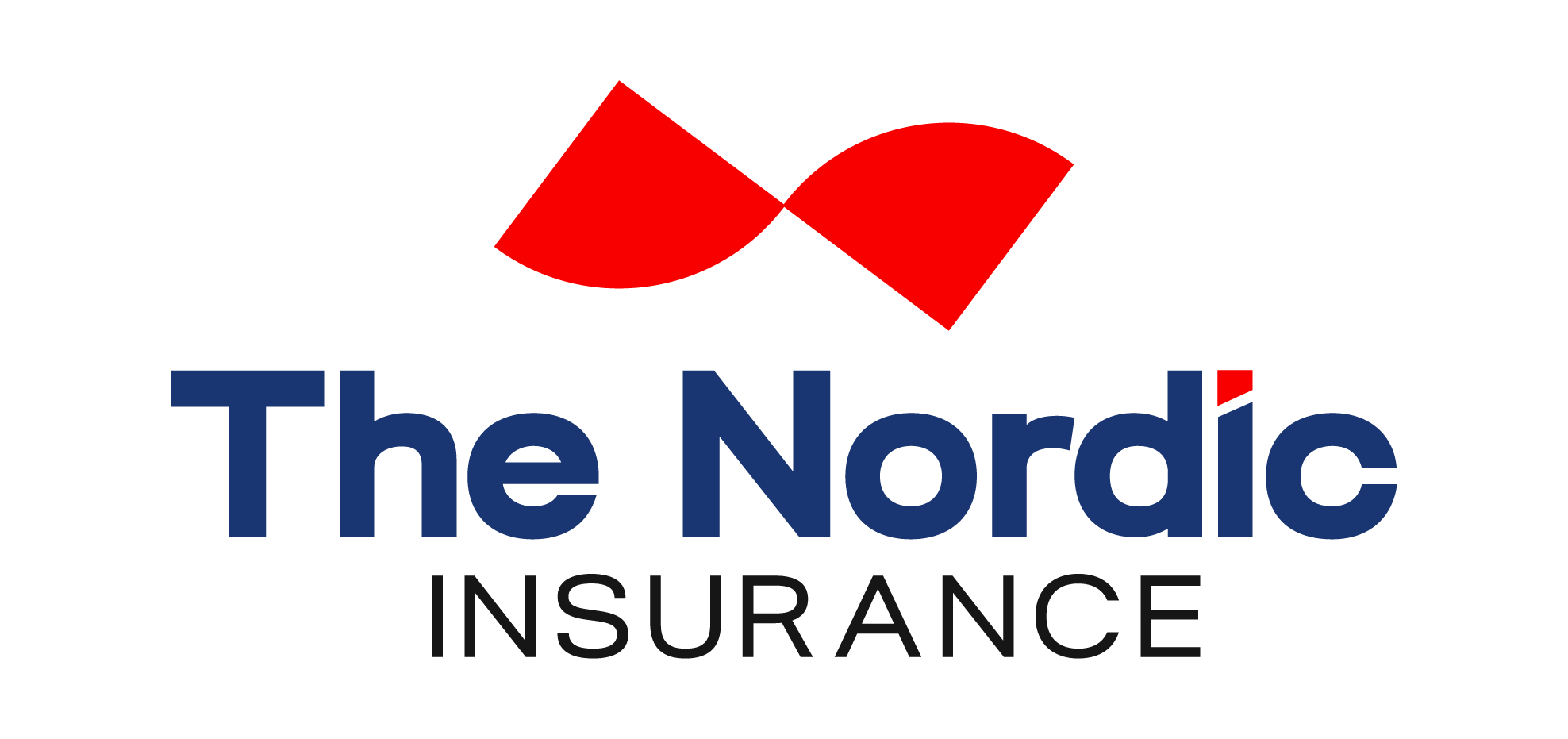
A single article limit, also known as a single item limit, is the maximum amount an insurance policy will pay out for a single item if it is lost, stolen, or damaged. This limit applies to each individual item covered under the policy, such as jewelry, electronics, or furniture. If an item’s value exceeds the single article limit, the policyholder will only receive the maximum limit stated in the policy, not the full value of the item. This clause is mostly applied on Domestic Package Policies under section B for Contents
Detailed explanation:
Purpose:
Single article limits are in place to manage the risk for insurers, especially for expensive items.
Typical Limits:
Single article limits vary by insurer and policy, this can range from Kshs. 100,000 to Kshs 200,000.
How it works:
If a policy has a single article limit of Kshs. 100,000 and a homeowner’s antique watch (worth kshs. 150,000) is stolen, the insurer will only pay out Kshs 100,000.
Declaring High-Value Items:
To ensure adequate coverage, policyholders should declare high-value items separately to their insurer. This allows for the item to be covered for its full value, potentially through an “add-on” or increased coverage. For example, for contents worth kshs. 1, 500,000 with a single limit clause of kshs. 100,000, a policy holder with a fridge worth kshs. 200,000 should declare the specific item and give make and model for premium charges separately. This will enable payment of a claim to the maximum amount, being kshs. 200,000
Valuations:
It is recommended to get high-value items professionally valued to ensure the declared value is accurate and to avoid potential issues with claims. This will apply to jewellery mostly Gold Chains, Rings Watches etc
Godfrey Atsiamba
Mosi Insurance Agency Ltd
